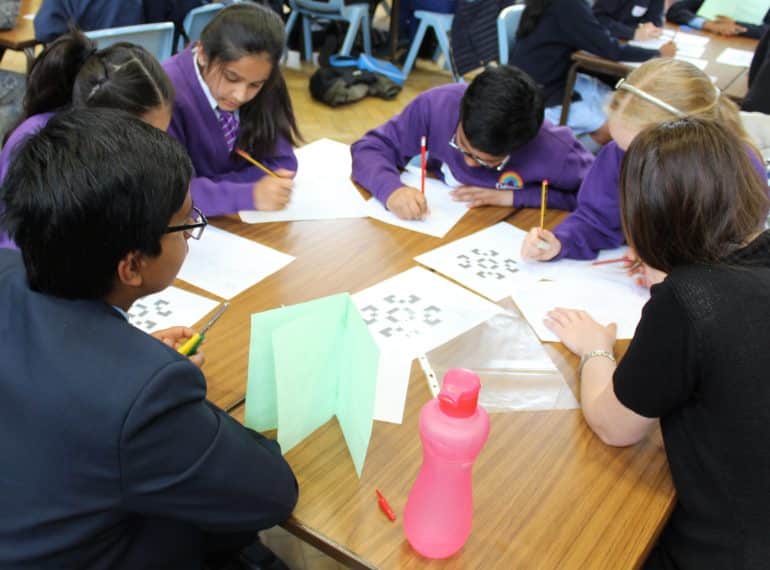
From spelling and writing poetry to solving number and logic puzzles, more than 50 visiting Year 5 pupils faced a busy schedule when they took part in QE’s Primary Challenge Day.
Now in its fifth year, the event attracted entrants from a record-equalling 14 local schools, who each sent a team of four competitors.
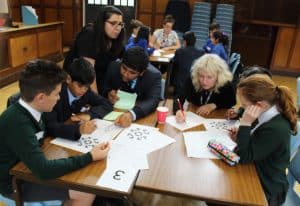 The challenge is organised to offer local pupils the opportunity to compete in an enjoyable and stimulating setting; it involves activities focusing on English and Mathematics. Each round of the competition brought a fresh, often interactive, challenge.
The challenge is organised to offer local pupils the opportunity to compete in an enjoyable and stimulating setting; it involves activities focusing on English and Mathematics. Each round of the competition brought a fresh, often interactive, challenge.
Teachers Philip Brady and Marco Saccardi, of the Mathematics Department, and Sarah Snowdon and Panayiota Menelaou, of the English department, helped throughout the morning by running one of the rounds each and chatting to the participants. In addition, all the teams were allocated a Year 7 QE pupil to help them feel at home and support them.
The overall winners were Woodridge Primary School. Trent CE Primary School won the Limerick round, while the Shuttle round went to Underhill School. Foulds triumphed in the Spelling Bee and the Crossnumber round was won by Colindale Primary School.
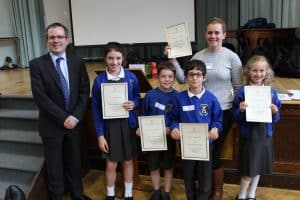 Assistant Head of Mathematics Wendy Fung said: “The visiting teams clearly thoroughly enjoyed themselves. I have to thank all the staff and QE boys who worked tirelessly to make the event such a success and make our visitors feel welcome. A number of our Year 7 boys also acted as runners on the day. It’s a less glamorous job but was vital, nonetheless, in ensuring the day ran smoothly and that our guests were well looked after.”
Assistant Head of Mathematics Wendy Fung said: “The visiting teams clearly thoroughly enjoyed themselves. I have to thank all the staff and QE boys who worked tirelessly to make the event such a success and make our visitors feel welcome. A number of our Year 7 boys also acted as runners on the day. It’s a less glamorous job but was vital, nonetheless, in ensuring the day ran smoothly and that our guests were well looked after.”
The event was started by Assistant Head Michael Feven, who stressed to the Year 5 pupils that the main aim of the challenge was for them to have fun and enjoy themselves. At the end, Headmaster Neil Enright congratulated all the participants and presented the winners with their certificates.
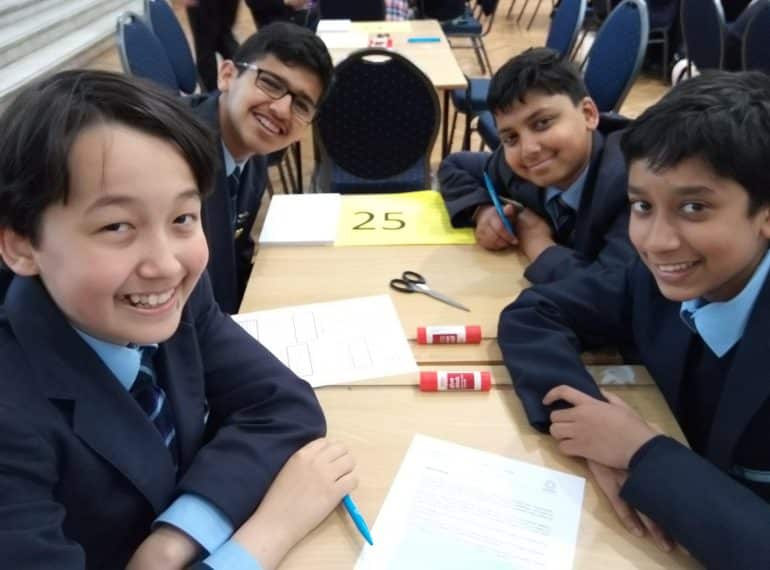
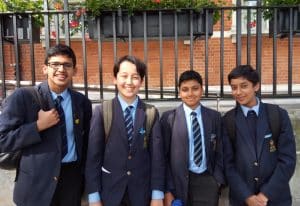 “The team were building on an impressive record of achievement in recent years: last year, QE placed 11th and in 2017 we took 17th place.”
“The team were building on an impressive record of achievement in recent years: last year, QE placed 11th and in 2017 we took 17th place.”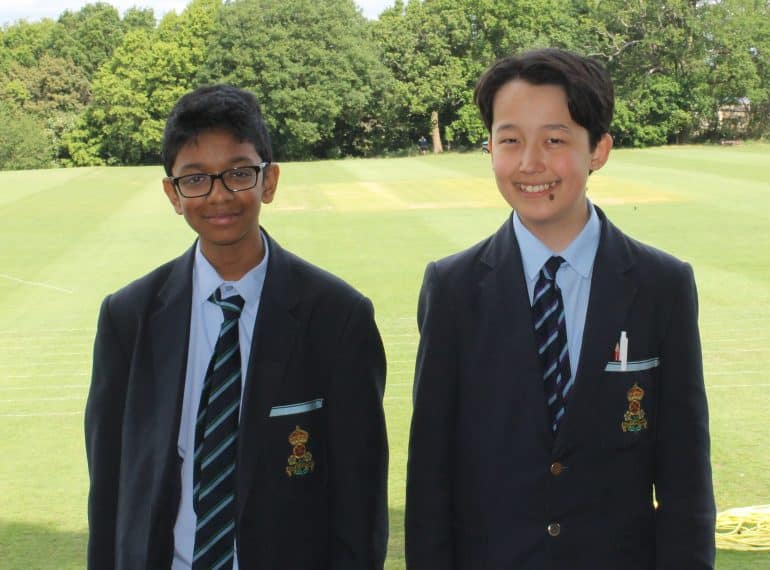
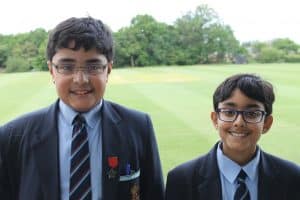 Year 8’s Maxwell Johnson’s score of 130 out of a possible 135 won him the Best in School title for the second time, while Kovid Gothi was Best in Year 7, with 128. “I am very happy to have matched my score from last year. The only thing in the way now is the Olympiad!” said Maxwell, while Kovid said simply that he was “overjoyed” at his score.
Year 8’s Maxwell Johnson’s score of 130 out of a possible 135 won him the Best in School title for the second time, while Kovid Gothi was Best in Year 7, with 128. “I am very happy to have matched my score from last year. The only thing in the way now is the Olympiad!” said Maxwell, while Kovid said simply that he was “overjoyed” at his score.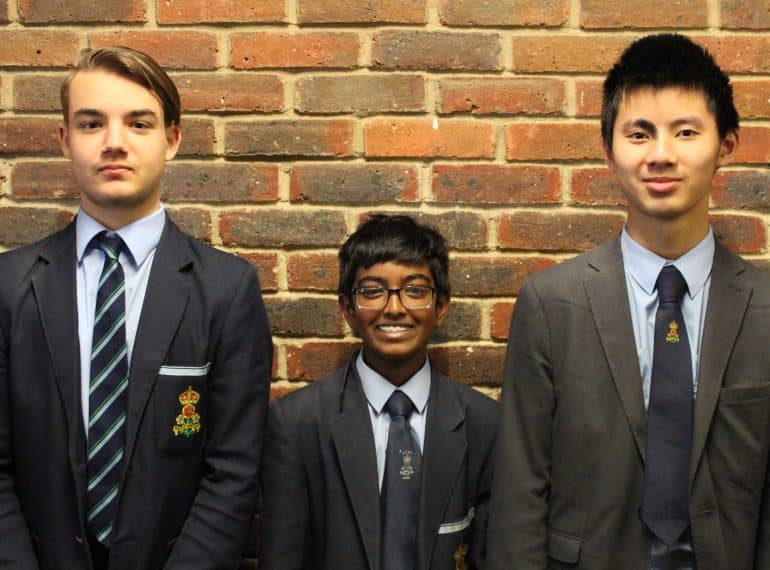
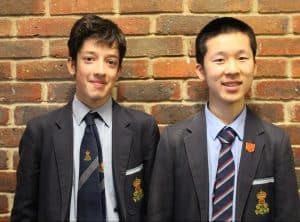 And in a related Mathematics competition, the European Kangaroo, Jude Hill, of Year 9, achieved a perfect score of 135 out of 135. This is a rare feat, achieved in previous years by only two or three internationally. (The total number of perfect scores this year has yet to be confirmed).
And in a related Mathematics competition, the European Kangaroo, Jude Hill, of Year 9, achieved a perfect score of 135 out of 135. This is a rare feat, achieved in previous years by only two or three internationally. (The total number of perfect scores this year has yet to be confirmed).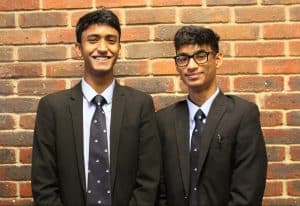 In addition to Jude’s perfect score, the top scorers in the other year groups were Year 11 pupil Rakul Maheswaran, with 112 points, together with Amudhu Anandarajah and Alexandre Lee, of Year 10, who both scored 106. Jude said afterwards that he enjoyed the opportunity the Kangaroo offered to “apply your knowledge in new contexts”.
In addition to Jude’s perfect score, the top scorers in the other year groups were Year 11 pupil Rakul Maheswaran, with 112 points, together with Amudhu Anandarajah and Alexandre Lee, of Year 10, who both scored 106. Jude said afterwards that he enjoyed the opportunity the Kangaroo offered to “apply your knowledge in new contexts”.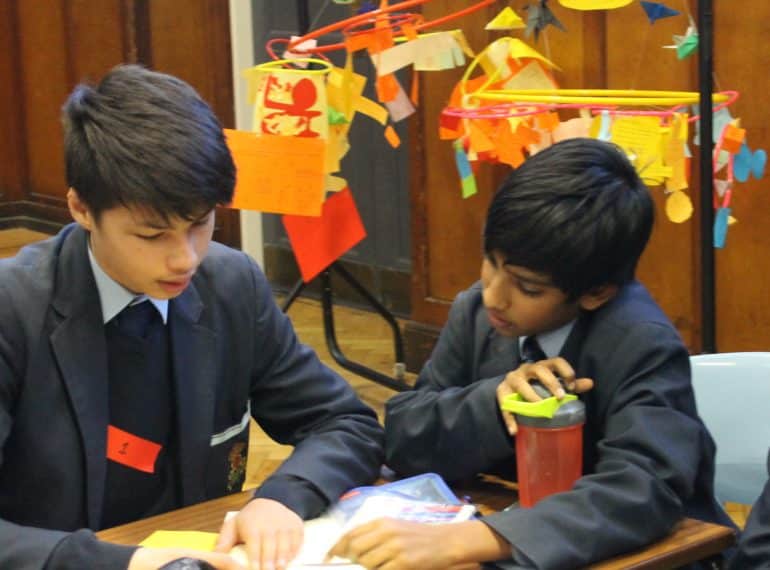
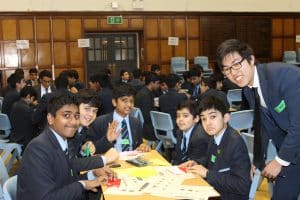 Each team was supervised by a Year 12 or 13 Further Mathematics A-level student, while sixth-formers also helped with the logistics of running the overall event.
Each team was supervised by a Year 12 or 13 Further Mathematics A-level student, while sixth-formers also helped with the logistics of running the overall event.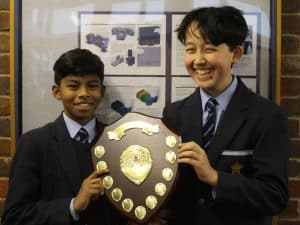 The overall winners of the Maths Circus were Pearce with 569 points, beating second-placed Harrisons’ by just one point. Third place went to Broughton, on 549. Pearce were later presented with their certificate and the Robinson-Leong Shield in assembly. The shield is named after Oliver Robinson (a 2018 leaver) and current Year 13 pupil Samuel Leong, who both donated prizes they had won through the Jack Petchey Foundation to the Mathematics department.
The overall winners of the Maths Circus were Pearce with 569 points, beating second-placed Harrisons’ by just one point. Third place went to Broughton, on 549. Pearce were later presented with their certificate and the Robinson-Leong Shield in assembly. The shield is named after Oliver Robinson (a 2018 leaver) and current Year 13 pupil Samuel Leong, who both donated prizes they had won through the Jack Petchey Foundation to the Mathematics department.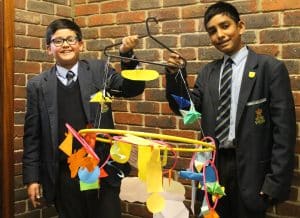 The prize for best mobile went to Leicester. This was also presented in assembly.
The prize for best mobile went to Leicester. This was also presented in assembly.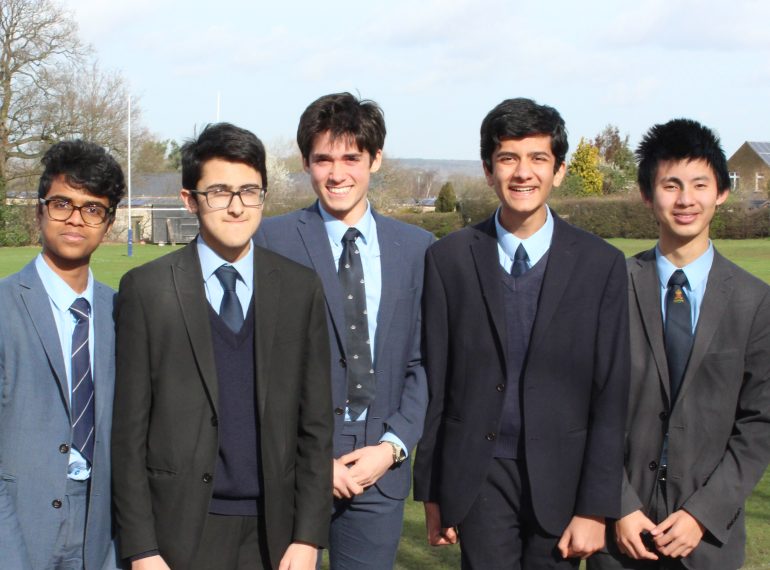
 A further 143 QE boys have qualified for the challenge’s other follow-on round, the Intermediate European Kangaroo. With 140 qualifying last year and 133 in 2017, this reflects another rising trend. Nationally, a total of 5,500 pupils across all three year groups are invited to sit the Kangaroo test papers.
A further 143 QE boys have qualified for the challenge’s other follow-on round, the Intermediate European Kangaroo. With 140 qualifying last year and 133 in 2017, this reflects another rising trend. Nationally, a total of 5,500 pupils across all three year groups are invited to sit the Kangaroo test papers.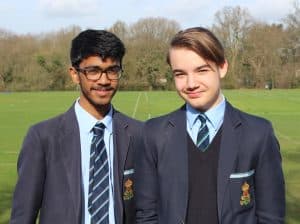 The Best in Year 10 accolade went to Dan Suciu, with 125, followed by Abhinav Santhiramohan, with 115. Best in Year 9 was Ansh Jassra, scoring 119 – “I like the blend of complex, challenging Maths and fun, creative problem-solving,” he said – and second place went to Arnie Sahi, on 116.
The Best in Year 10 accolade went to Dan Suciu, with 125, followed by Abhinav Santhiramohan, with 115. Best in Year 9 was Ansh Jassra, scoring 119 – “I like the blend of complex, challenging Maths and fun, creative problem-solving,” he said – and second place went to Arnie Sahi, on 116.